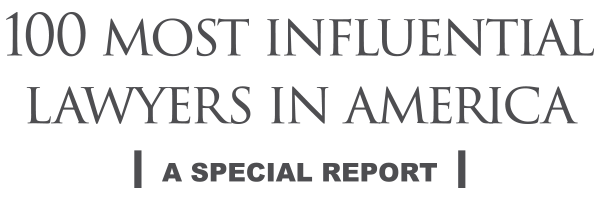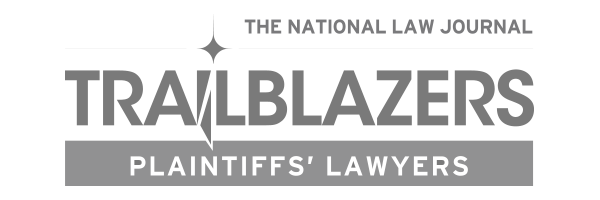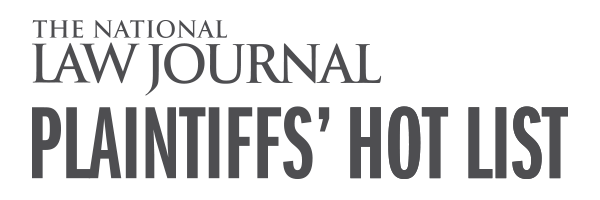Home Health and Hospice Fraud
In addition to in-patient and out-patient hospital services, home health service, hospice providers, and other in-patient and out-patient medical providers play a growing role in our country’s health care system. Health care fraud perpetrated by these types of providers has increasingly been a focus of enforcement actions under the False Claims Act.
Medicare and Medicaid both include among the services provided to their enrollees certain “home health services,” including “items and services” provided on a “visiting basis” by a home health agency (or “HHA”) to individuals in their places of residence. Such services can include a variety of medical treatments. Common among them are full or part-time nursing care, physical or occupational therapy or speech-language pathology services, medical social services, and services of a home health aide.
Under federal law, such home health services can be covered by Medicare where a physician certifies: (1) the services are required because the patient is or was confined to a home or other living facility other than a hospital, skilled nursing facility, or nursing home; (2) a plan for furnishing services to the patient has been established and is periodically reviewed by a physician (a so-called “plan of care”); (3) services have been furnished under the care of a physician; and (4) prior to seeking payment from Medicare the physician certifies an in-person meeting with the patient occurred during the prior six months.
After a patient’s sixty-day episode of care ends, the patient may be recertified by the home health services provider if qualified to be so certified.
Often these requirements are violated; when they are, such violations may support a case under the False Claims Act. In addition to the occurrence of improper billing by such providers for services not rendered or services not necessary to treat the patient, some providers fail to ensure physician review of a plan of care. At times, this means the home health treatment provided is no longer providing benefit to the patient and should not be covered by Medicare.
Because home health service providers are generally compensated by Medicare through a prospective payment system based upon sixty-day episodes of care and include an estimated payment for the coming 60-day term. After a patient’s sixty-day episode of care ends, the patient may be recertified by the home health services provider if qualified to do so. The home health provider must provide an additional assessment and independently determine that the patient remains homebound and otherwise continues to qualify for home health services. Based upon this, a physician may then recertify the conditions that qualify for care and approve the forward-looking plan of care. This too much be recertified as an assessment that is transmitted to the government.
The amounts paid by Medicare or Medicaid can be adjusted upward or downward depending upon the circumstances of the patient. These adjustments can reflect an increase or decrease in the amount of visits the home health service provider gave to the patient during the period. They can also reflect certain therapy thresholds that service providers are incentivized to reach with a patient. Payments across several episodes of care can also be adjusted to reflect changing conditions of a patient, clinical characteristics or home health service needs (a so-called “case-mix adjustment.”)
Here, the opportunities for false and fraudulent billing are many. Some companies have falsified records concerning patient visits or the extent of care provided during such visits. Others have falsely continued the patients on plans of care that are either ineffective and generating no benefit to the patient or that have long since been maximized and need downward adjustment that is not requested because it would result in lower payments to the providers.
In addition, incentives exist to encourage physician referrals to home health agencies. HHAs are not permitted to solicit patients directly for such services; they depend upon physician referrals for their business. The Anti-Kickback Statute prohibits payment of any kind to physicians (or others) in exchange for home health service referrals and the Stark Law prohibits both the service provider and physician from referring patients in circumstances where a financial relationship exists between the physician and the service provider
Upon receiving a referral, the home health service provider is required to complete its own initial medical assessment of the patient to determine eligibility for home health care services and, if eligible, to determine the types of services required. This assessment is generally documented in an Outcome and Assessment Information Set (or “OASIS”) form that is transmitted to the government. This information is required to be a timely and accurate reflection of the patient’s needs and condition at the time of the assessment. Dozens of case-mix groupings (referred to as “home health resource groups” or “HHRGs”) are provided in the OASIS data set from which allowing for scoring of the patient’s case. As mentioned above, this same process recurs after each sixty-day period, with a new certification following an assessment of eligibility and physician recertification.
Many companies outsource OASIS review and submission to third parties. The job of those OASIS personnel, from the perspective of the home health provider, is to maximize the amount of revenue that is paid to the provider from Medicare, Medicaid and other plans. This can lead to violations of the False Claims Act, by causing the presentment of claims for payment that are legally or factually false based upon the actual treatment provided and its potential lack of necessity.
Hospice service providers have also come under increasing scrutiny for improper and fraudulent health care practices. Medicare and other government health programs provide hospice benefits where enrollees are eligible based upon their condition at the time of coverage. Under federal law, in order for a patient to qualify for hospice benefits, he or she must be admitted after certification that the patient is terminally ill. This is defined as a condition where the individual has a medical prognosis that his or her life expectancy is six months or less if the illness runs its normal course.
In order for a hospice provider to bill for services to such a patient, it must obtain written certification of terminal illness for each period of time in which the patient is admitted to such care. The hospice must properly certify initial qualification for hospice service and also routinely certify ongoing eligibility for hospice care. Admission for hospice services also requires the recommendation of the facility medical director in consultation with or based upon information from the patient’s attending physician if any. This determination is to be based upon complete and current medical information sufficient to assess the overall qualification of the patient for the service.
Medicare and its administrative contractors and fiscal intermediaries issue determinations of eligibility for certain conditions and services based upon objective criteria.
This area is ripe for abuse because of the financial incentives that exist for hospice providers to admit such patients and to recertify their eligibility for care. For this reason, improper kickbacks also are often found in the relationships between hospices and other medical providers to encourage and reward referrals. Hospices are big business today and as such they encourage aggressive approaches to increasing the number of persons in their care.
Many cases under the False Claims Act have been successfully brought against hospices who violate these principles of eligibility or who fail to provide proper services to their patients despite billing government health programs.





